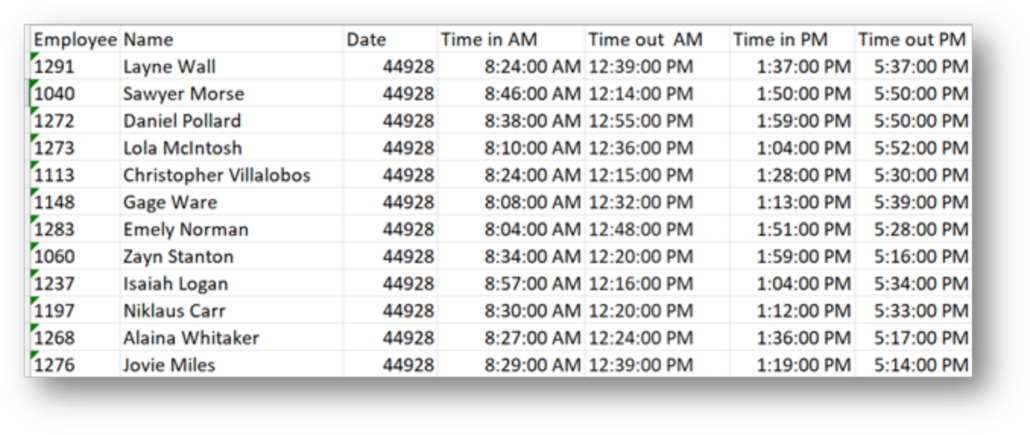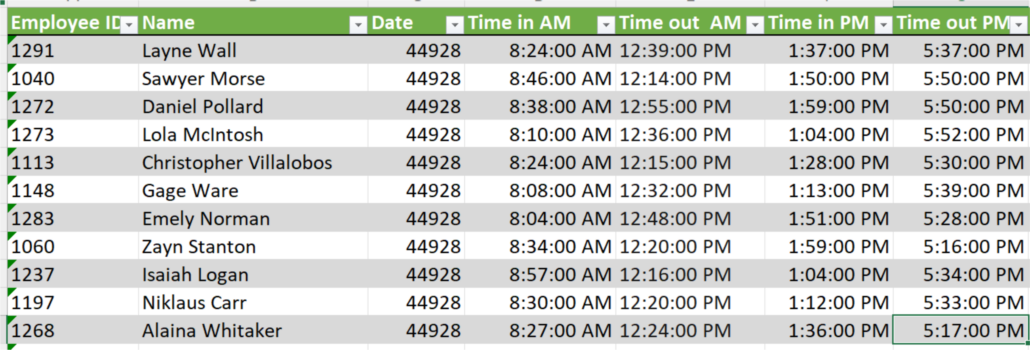News & Updates: Data in Practice: Navigating Excel for Lawyers | Fix Your Formatting (Part I)
Data in Practice: Navigating Excel for Lawyers | Fix Your Formatting (Part I)
Posted by Marie Jonas
Data permeates every aspect of legal practice. Data in Practice is a bimonthly feature to provide practical tools for attorneys to better organize, manipulate, and understand data. Whether it’s working with basic case information, preparing document productions, or conducting exposure analyses, a more robust knowledge of Excel is guaranteed to streamline your work. A few simple tools can help attorneys more efficiently and effectively represent their clients, and better navigate a professional landscape inundated with big data.
Marie Jonas is a Partner in Folger Levin’s litigation practice group. Marie has over a decade of hands-on experience working with Excel in all aspects of her practice: ranging from investigations to trial. If you have an idea for a topic involving practical data tips for lawyers, she can be reached at mjonas@folgerlevin.com.
Fix Your Formatting
(Part I)
Readability is often overlooked while working with data, at the user’s peril
Let’s start with the basics. You’ve been in this position: a client sends you a list of information that’s critical for you to review and digest. But it looks like this:
Sample data can be accessed here.
Before your eyes glaze over and you print to PDF, try a few simple tricks to make the data you are working with more user friendly.
Format as Table
There’s a simple, quick, useful trick that will make any table you work with infinitely more user friendly: “Format as Table.” In brief, Format as Table takes a collection of rows and columns in Excel, and tells the program that it’s a discrete table – meaning the information should be looked at together. Excel then automatically applies formatting, like bold headers and alternating shading, inserts filters, so you can easily pick, choose, and sort your data, and unlocks a “Total” row, making different functions automatic at the bottom of your list.
Select all of the data in your table (by selecting one cell in range and hitting CTRL+A, or manually dragging), then in the “Home” tab navigate to “Format as Table.” Select your formatting of choice.
Now, the data can be sorted and more easily read, with sleek colors to choose from.
Additional tips are available in upcoming posts.


